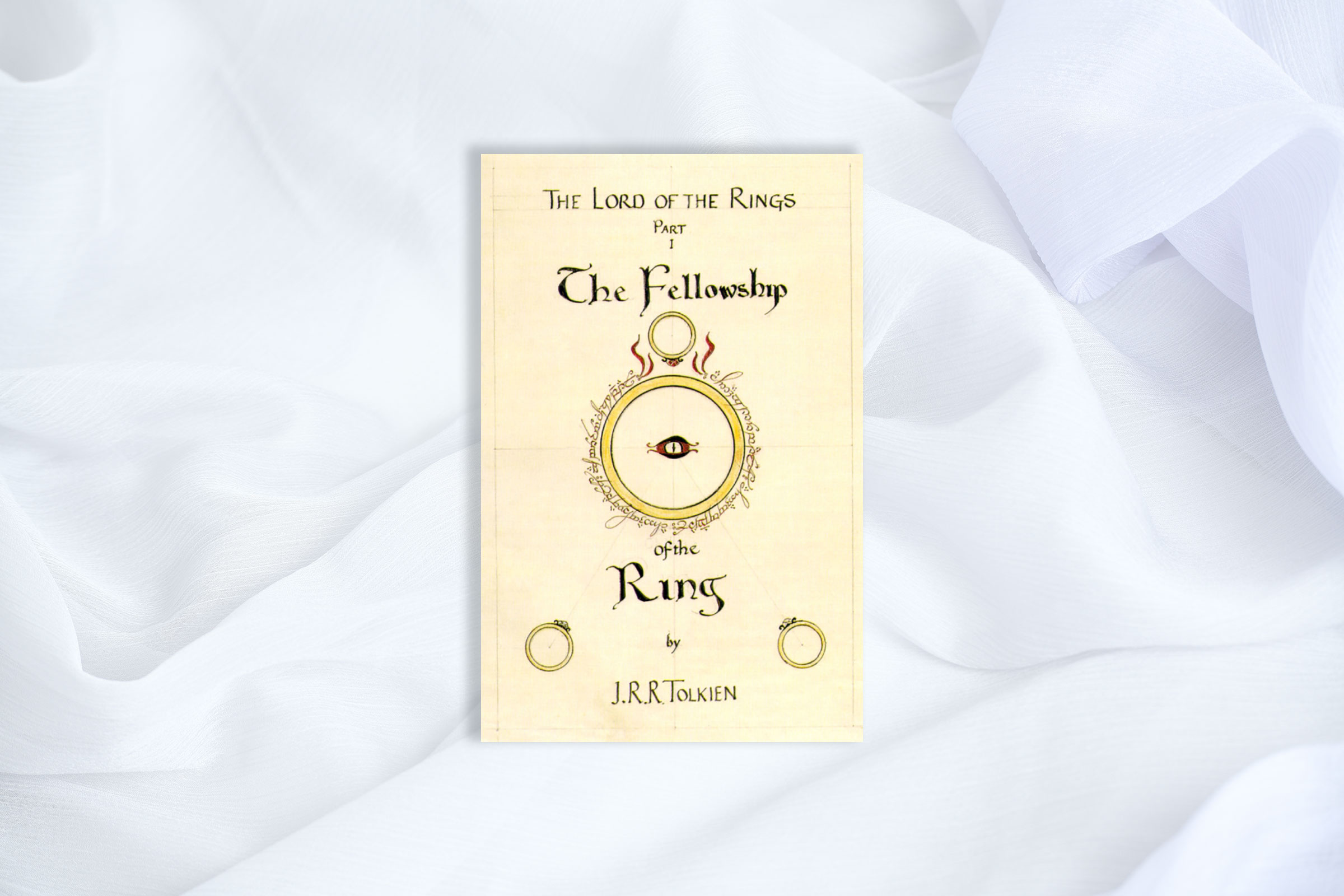“One Ring to rule them all, One Ring to find them, One Ring to bring them all, and in the darkness bind them.” So reads the inscription on the accursed Ring of Power, the mythical object at the center of J.R.R. Tolkien’s monumental tale of good versus evil. Heavily influenced by the author’s experiences as a British soldier during World War I, The Lord of the Rings, while a story about wizards, elves, dwarves and, of course, hobbits, is also a profound meditation on the indomitable power of hope. That one so small as Frodo Baggins should undertake a quest to carry the Ring to the deadly realm of Mordor in the face of near insurmountable odds is one of Tolkien’s greatest marks on the high fantasy subgenre (of which he’s widely considered the father). The saga—a single novel divided into three volumes starting with The Fellowship of the Ring—begins in hobbit country on the day of the eleventy first birthday party of Bilbo Baggins, the uncle of Frodo who has been in possession of the Ring for 60-some years. From there, The Fellowship of the Ring traces the epic quest of Frodo, fellow hobbits Sam, Merry and Pippin, and eventually, the five additional members of the Fellowship—the company tasked with accompanying the newly appointed Ring-bearer on his journey. The first volume launches them on their trek from Middle-earth’s mightiest peaks to its deepest caverns as the forces of the dark lord Sauron seek to reclaim their master’s ultimate weapon. —Megan McCluskey
Buy Now: The Fellowship of the Ring on Bookshop | Amazon
- How Donald Trump Won
- The Best Inventions of 2024
- Why Sleep Is the Key to Living Longer
- Robert Zemeckis Just Wants to Move You
- How to Break 8 Toxic Communication Habits
- Nicola Coughlan Bet on Herself—And Won
- Why Vinegar Is So Good for You
- Meet TIME's Newest Class of Next Generation Leaders
